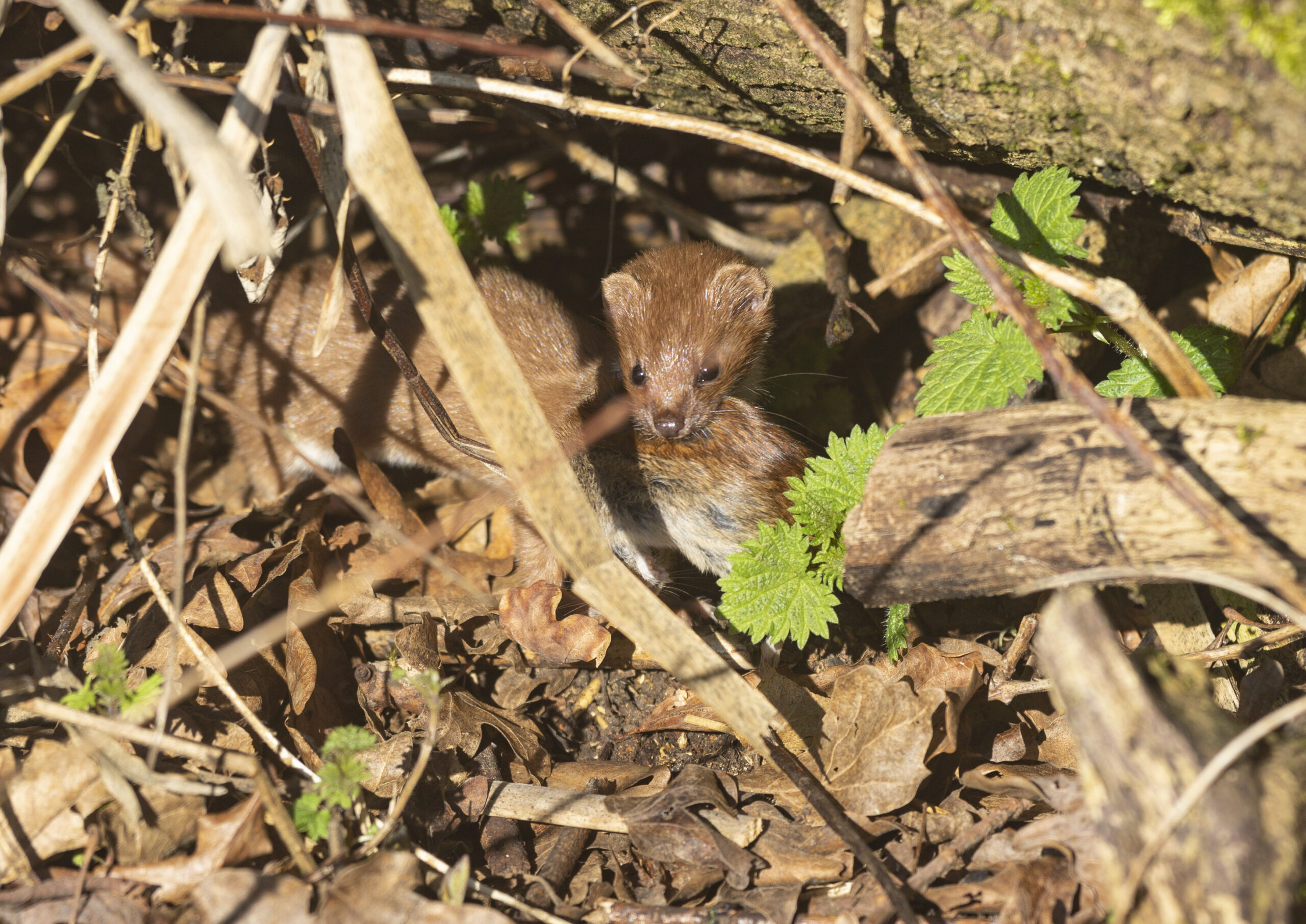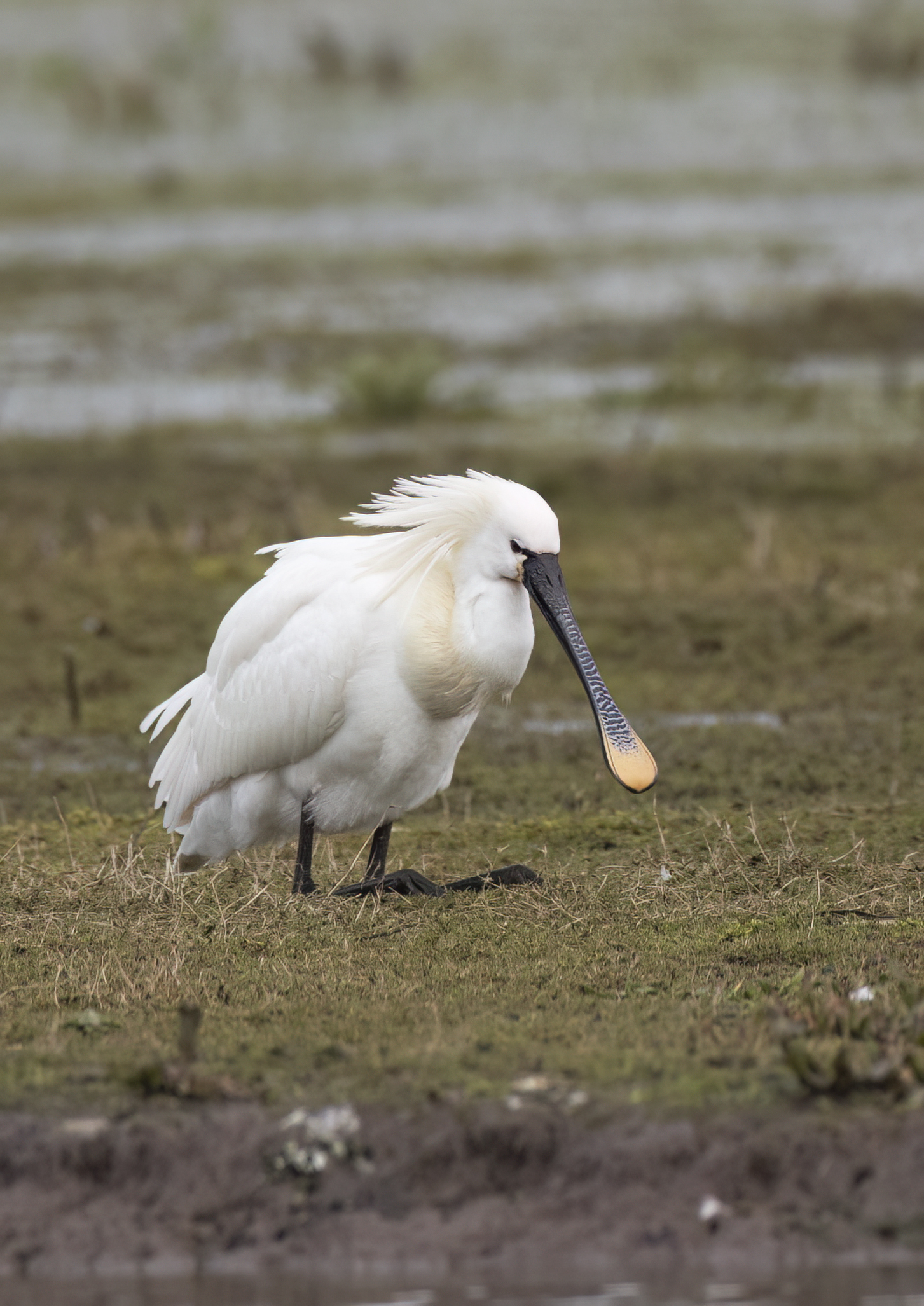I’ve been trying over the last couple of years to see all of Britain’s native butterflies and dragonflies. Plenty of people have done it before me, and indeed Patrick Barkham wrote a very good book about his personal quest to see all of our butterflies in one hectic summer. I think he was mad, and I suspect he would agree, although his quest did make for a good read. I decided to be more restrained in my own plans, but even so, the Covid-19 lockdown has now made them impossible. Butterflies usually have very short flight periods, often just a few weeks. Even though summer has barely started, some that I have never seen have already finished for the year. Others remain tantalisingly out of reach behind the iron curtain of the Scottish border. While getting a criminal record for trying to sneak across a border might make for a good cocktail story, it’s not something I care to try.
So when the chance came for me to see both a dragonfly I’ve never seen (the White-faced darter) and a butterfly I’ve never seen (the Large heath) in the same place – Whixall moss – at the same time, it was too good to pass up. My encounter with the white-faced darter is chronicled elsewhere, but the large heath, now that is another story. Every butterfly guide I own (and I have several) describes the large heath as “flighty”. That’s a euphemism for “hardly ever sits still and runs away as soon you point a camera anywhere near it”. The assistant reserve manager of Whixall Moss, the ever-affable Stephen Barlow, told me it was very hard indeed to photograph. There’s nothing like building up your expectations…
On the day I visited the moss, it took a while for the large heath to condescend to visit us. It’s a sun-lover, a butterfly that would be delightfully at home on the Costa del Sol, but perversely chooses to live in the borderlands of Wales, hardly a place known for prolonged fine weather. But when it starts moving, the large heath seems to dislike stopping. Rest and food are for wimps. The large heath instead devotes its time to the endless search for sex. Which I can understand, given a 1.000-acre bog to search and relatively few large heaths in the world. For hour after hour I would pan my camera around the landscape, following a butterfly in the hope it would settle. I wandered the reserve and camped out in places where the butterfly had all that it needed – the right nectar plants, the right plants upon which to lay its eggs. No butterflies came near. The sun came out, and the heat grew. The butterfly danced. One stopped just long enough for me to realise that it had happened, and then lifted off long before I could even bring my camera to bear. The sweat was dripping off my nose. The reserve manager went home, wishing me good luck. I decide to go home as well. On a blisteringly hot day, I ran out of water. That’s a red flag for me- I suffer from gout, and if I run out of water, I always suffer. I decided to leave. And as I turned to sling my camera over my shoulder, a large heath landed just fifteen feet away from me, and decided to nectar long enough for me to photograph it. It had taken me three and a half sweltering hours to get one picture. I was running late for my three hour drive home, and I was parched, but I couldn’t have cared less. Once again, nature had taken pity on me and given, at the last second, something I so desperately wanted to see. So here it is, the large heath. I hope you like it, because I’m not going back for another go anytime soon.





Social Profiles